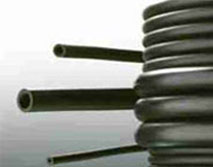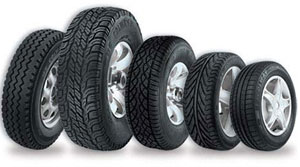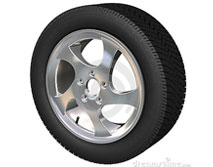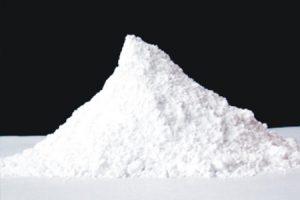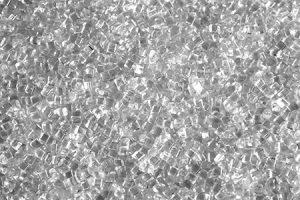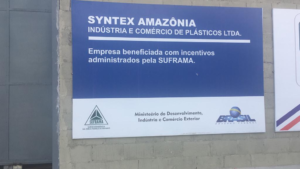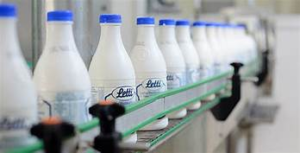
Synthetic Rubber
Synthetic rubber can be made from the polymerization of a wide range of monomers including isoprene (2-methyl-1 ,3-butadiene), 1,3-butadiene, chloroprene (2-chloro-1 ,3-butadiene), and isobutylene (methylpropene) with a small percentage of isoprene for cross-linking.
Natural rubber comes from latex, at most, polymerized isoprene with a small percentage of impurities, which limits its range of available properties.
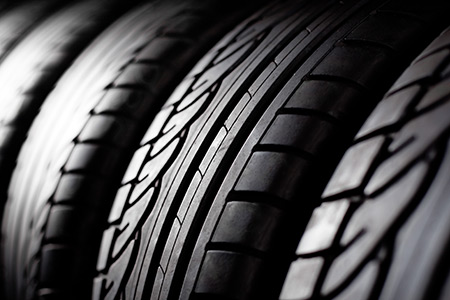
Also, there are limitations on the proportions of cis and trans double bonds resulted from the polymerization methods of natural latex, which also limits the available properties of natural rubber, although the addition of sulfur and vulcanization are used to improve them.
These and other monomers can be mixed in various ratios for a desirable copolymerization for a wide range of physical, mechanical and chemical properties. The monomers can be produced pure and the addition of impurities or additives can be controlled to optimize their properties. The polymerization of pure monomers can be better controlled to give a desired ratio of cis and trans double bonds.
Rubber Nd-PBR is used in the tread. It helps to reduce rolling resistance of a tire, as well as power consumption. The Nd-PBR also reduces abrasion therefore it is suitable to make tires more durable.
The isoprene rubber or polyisoprene rubber has a chemical structure similar to a natural rubber.
Click to see Data Sheet.
The IIR rubber copolymer of isobutylene and isoprene is known as butyl rubber. The most important applications of butyl rubber are in the tire industry. The second major field of application is in the pharmaceutical industry. It is also used in the manufacture of sheets of reduced thickness for insulation in a variety of engineered products including support and manufacture of protective clothing. The butyl rubber due to its excellent sealing ability, is also suited for producing capacitors seals, widely used in the electronics industry worldwide.
The bromobutyl rubber (BIIR) is a brominated butyl rubber, with structure and properties like the chlorobutyl, containing 1.8 to 2.4% of bromine, located on isoprene units. It has, like the chlorobutyl rubber, the properties of butyl rubber, but has a higher vulcanization rate and good compatibility with other types of rubbers. It is used when it is necessary excellent waterproofing, excellent resistance to heat and aging. The most applications of bromobutyl rubber are in the pharmaceutical industry, in the tire industry and in the manufacture of heat resistant conveyor belts, adhesives, coating of tanks for vulcanizing at enviroment temperature and cements to promote a good rubber-rubber adhesion by vulcanisation process.
